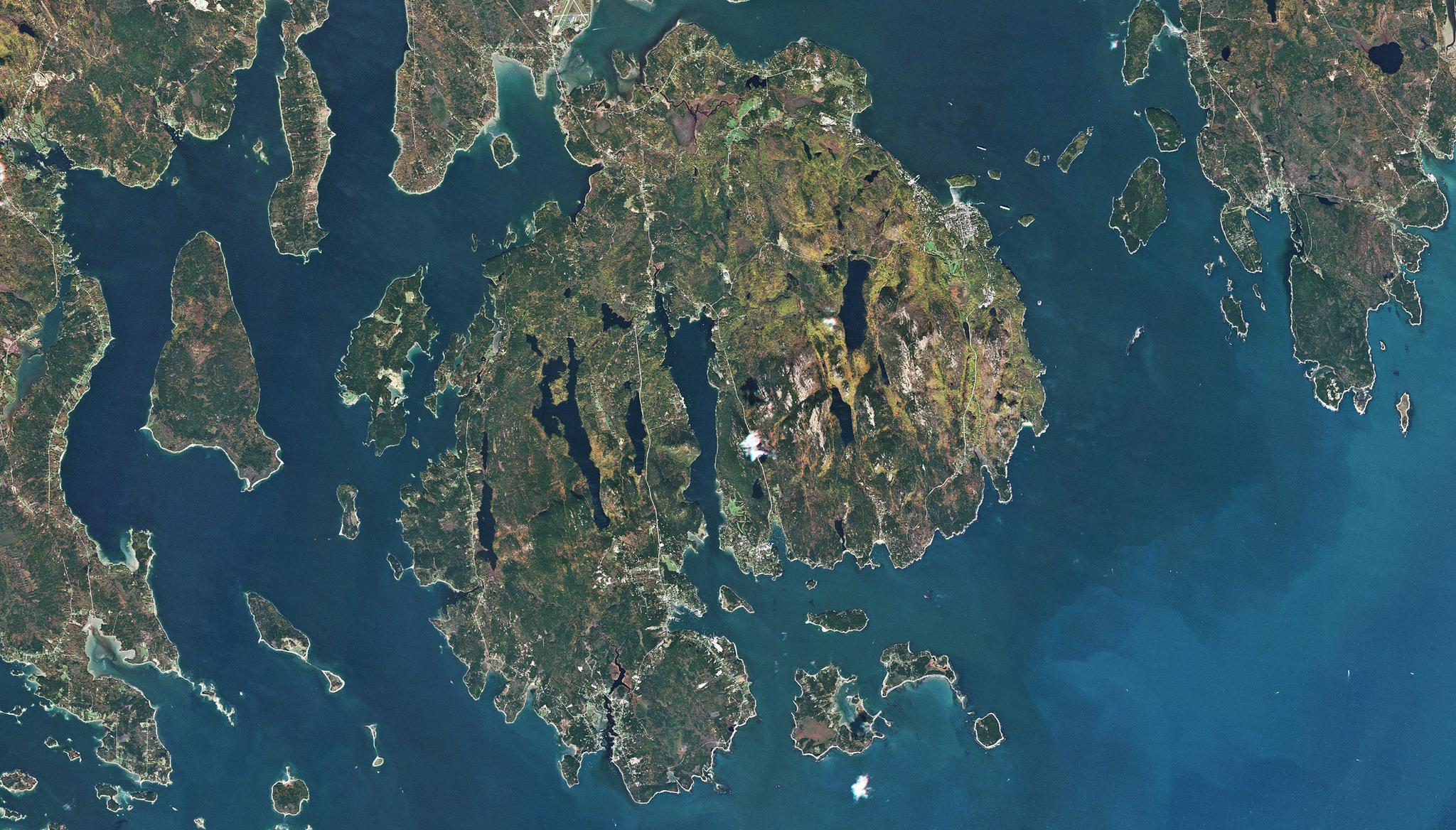Long-term Monitoring of Vegetation Cover Changes by Remote Sensing, Cadillac Mountain Summit, Acadia National Park
Acadia National Park, located in Maine, is a popular tourist destination year round. However, with repeated visitor use, the native plants in the park can be altered or degraded. To address this, management efforts are put in place to protect the vegetation. Using Planet satellite data, scientists from the University of Maine and Marshall University were able to observe vegetation change overtime, providing managers with key baselines to determine the effectiveness of such protection programs. By conducting a change detection analysis based on the normalized difference vegetation index (NDVI), their research measured the amount of vegetation cover changes at a frequented area of the park. The study analyzed data sets from 2001-2007 and 2010-2018 of both the popular Cadillac Mountain summit location and a nearby site with very little visitation. The authors determined that there was a greater vegetation increase than vegetation decrease in both areas over both timeframes. “Given the low resilience characteristics of the environment at the summit, the trends observed (more vegetation increase and less vegetation decrease) suggest a desirable direction in terms of implementing management actions,” they concluded. The full study can be found in Parks Stewardship Forum.

Ready to Get Started
Connect with a member of our Sales team. We'll help you find the right products and pricing for your needs


